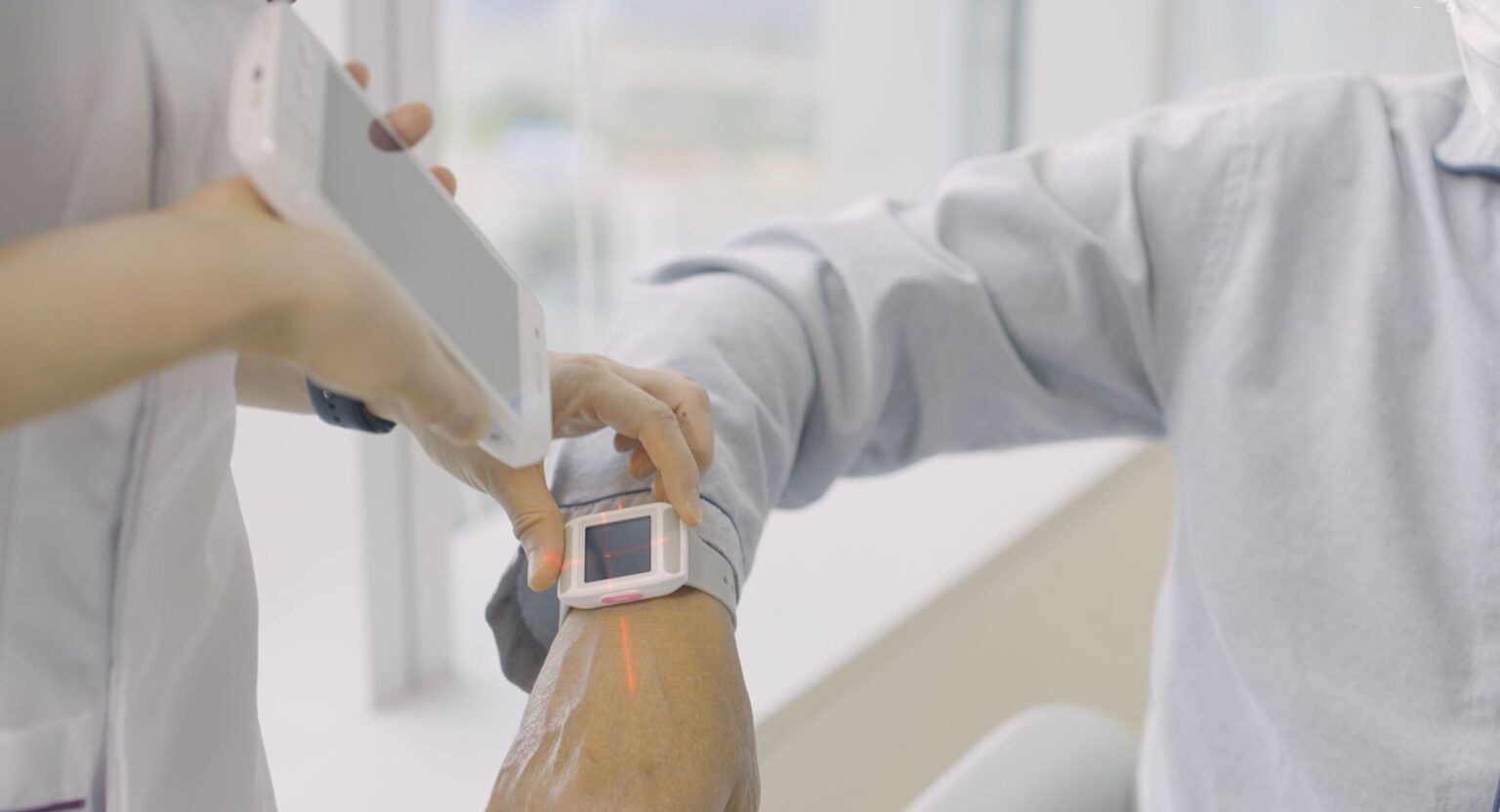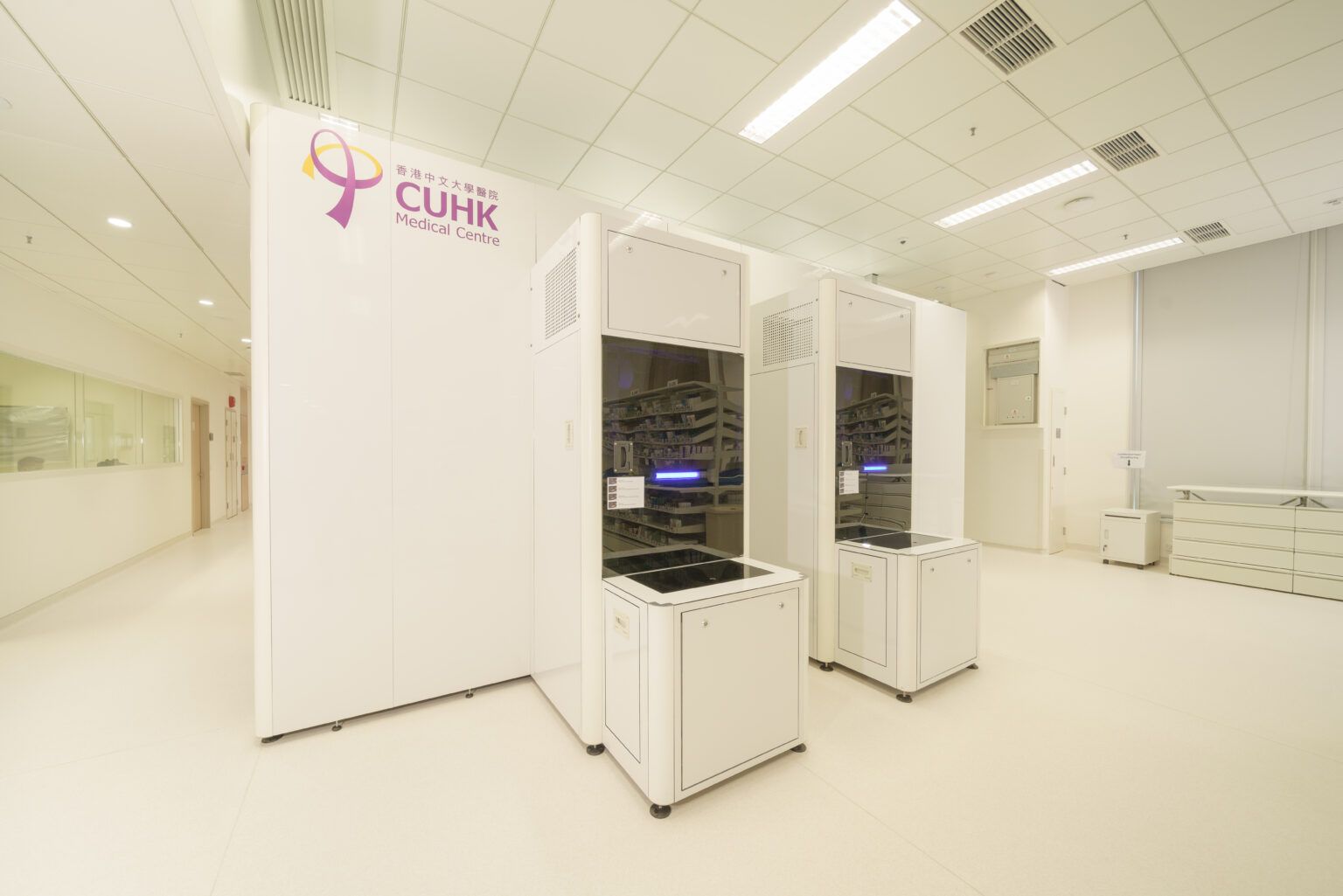Inside CUHKMC’s smart hospital journey driven by 5G, IoT and automation
)
Dr FUNG Hong, CEO of CUHKMC, tells us how smart technologies has supported better care and better value for its patients
Newly established in 2021, CUHK Medical Centre (CUHKMC) is touted as Hong Kong’s first fully digitalised smart hospital.
Digital technology and IT was weaved into the different patient journey and operational touchpoints. The hospital now boasts an end-to-end electronic medical record system, full 5G coverage, automated medication dispensing, and various other smart healthcare initiatives.
Each of these technologies were introduced with a clear purpose in mind, said CUHKMC Chief Executive Officer Dr FUNG Hong.
“When we talk about smart healthcare and smart hospitals, we should always go back to the Triple Aim of healthcare proposed by Institute of Healthcare Improvement (IHI): Population Health, Care Experience, and Cost. Put in simpler terms, the purpose of a healthcare system is to deliver better health, better care, and better value. With these basic principles in mind, we then sought the right technology components that would help us achieve them.”
Meeting healthcare’s triple aims with technology
Dr Fung pointed to CUHKMC’s Hospital Information System (HIS) as the ‘fundamental infrastructure’ in the hospital’s digital transformation journey.
Having processes digitalised and well-integrated within the HIS has greatly supported physician and nursing workflows, improving staff efficiency and in turn patient experience.
HIS also sets a solid foundation for the implementation of other digital solutions at the hospital, including 5G connectivity, Internet of Things (IoT), and Internet of Medical Things (IoMT).
The rationale behind leveraging IoMT is to better connect staff with the various equipment and devices in the hospital, for better patient safety and outcomes, added Dr Fung.
For example, geo-fencing of COVID patients during the pandemic with IoT devices enabled close tracking and monitoring of their location and movement. Post-pandemic, such patient tracking technology has been extended to dementia patients and babies.
 ‘Geofencing’ of patients enabled by wearable IoT devices
‘Geofencing’ of patients enabled by wearable IoT devices
The hospital is currently exploring other additions to its IoMT ecosystem, including blood pressure monitors and heart rate monitors, which could be connected to the HIS for enhanced real-time monitoring by clinicians.
Evaluating and assessing healthcare technologies
From IoMT to AI, new technologies and solutions in healthcare are emerging rapidly. How do hospitals select the best ones to get the most out of their investment dollar?
There are multiple considerations of course, said Dr Fung, but the key is to keep patient value top of mind.
“This comes back to the third aim of healthcare mentioned earlier – to create better value for our patients, or in other words, reduce the cost of care. When we consider our options in technology, it’s not just about simply choosing a piece of technology, but how we think of the overall care process.
“Here, I think we should take reference from lean management principles, such as the principle on reducing waste. In my previous capacity as CEO of a public healthcare cluster, I observed a lot of waste which could be potentially controlled or reduced at various points of decision making by healthcare workers.”
“At CUHKMC, we have turned to automation to help manage and optimise our processes, for example in our closed-loop medication process. We have also leveraged RFID technology in linen management. These have helped significantly cut waste while reducing manpower we require, which is crucial given the high cost of manpower in Hong Kong.”
“Another aspect of this is reducing patient waiting times. Waiting times continue to be quite long in Hong Kong, whether in the public or private healthcare sector. Digital processes could help us better manage patient flow and boost our operational efficiency.”

The hospital’s Closed Loop Medication Management System
The road ahead for healthcare innovation and technology
Looking ahead, Dr Fung highlighted two focus areas in the hospital’s smart transformation journey, namely Generative AI and big data analytics.
Like many other hospital leaders around the world, he is also keenly following the development of Generative AI using Large Language Models (such as ChatGPT) and their potential applications in clinical services and customer experience.
Meanwhile, he noted that there’s still much that the hospital can do to fully maximise the value of data generated in its multiple digital systems.
“We have a lot of clinical data from our HIS database, which is now integrated with data from our enterprise resource planning system, IoT devices, and so on. This data needs to be organised in the right way for analytics to be applied. Ultimately, such data could help support decision making by clinicians, and empower patients to make better decisions about their own healthcare.”
Additionally, CUHKMC has taken a leap into cultivating in-house innovation and development.
In late-2023, the hospital announced a joint innovation lab with Huawei, with the aim to ‘explore and promote clinical applications of healthcare technologies’, building upon its existing 5G and IoMT infrastructure.
The lab will act as a platform for experimenting and testing of new ideas and technologies before they go out to the market, explained Dr Fung. One idea undergoing piloting at the moment is that of home monitoring services for heart patients.

People at the centre of smart healthcare
This emphasis on innovation goes a long way in ensuring the hospital continues to keep ahead and abreast of the technological advancements in healthcare, Dr Fung stressed.
It also extends to building a strong people culture that supports intrapreneurship and professional growth.
In fact, culture is the biggest challenge in implementing smart technologies, he added.
With staff coming from diverse backgrounds and roles, they have different perspectives and ways of managing work. A lot of effort goes into ensuring the technologies are in sync with existing workflows, and achieving alignment amongst the different teams on a common way to doing certain tasks.
As such, the people aspect needs to be at the core of any smart hospital strategy.
He said: “Technology evolves so quickly – it’s almost like once you have implemented something, you are already outdated. So at the end of the day, we need to focus on our people, who are flexible to adjust, improve and keep us developing according to our patients’ needs. When we talk about smart healthcare, we must focus on people and purpose – technology is really secondary and only a tool to help us.”

